Remington .45 ACP 1911 Pistol, 4.25" Barrel, Adjustable Fiber Optic Sights, Black – R96359 For Sale
$904.99
The Remington .45 ACP 1911 Pistol, model R96359, seamlessly merges the classic prestige of the 1911 series with modern advancements to cater to firearm enthusiasts. It boasts a 4.25″ match grade barrel for outstanding accuracy and performance, complemented by a Fiber Optic front sight and an adjustable rear sight that facilitate quick target acquisition and precise aiming in diverse lighting conditions. The pistol’s sleek black finish adds a tactical appeal, making it an attractive option for collectors and active users alike who value the combination of timeless design and cutting-edge functionality. Whether used for competitive shooting or personal defense, this 1911 Enhanced Commander illustrates Remington’s enduring dedication to superior craftsmanship and innovative firearm solutions.
Did Remington make a 1911?
Yes, Remington did produce a version of the 1911 pistol. During World War I, Remington was one of the companies contracted by the U.S. government to manufacture the M1911. More recently, Remington introduced modern versions of the 1911 under their own branding.
How much was a 1911 pistol in 1911?
In 1911, the Colt M1911 pistol was priced at approximately $15 to $16 for military contracts. For civilian markets, the price was roughly $20 to $22.
Is a 1911 45 good for concealed carry?
The 1911 chambered in .45 ACP can be suitable for concealed carry for some individuals, but it depends on several factors. The 1911 is known for its reliability, accuracy, and powerful caliber. However, it is also heavier and larger than many modern concealed carry pistols. The weight and size can make it less comfortable for long-term or everyday concealed carry, depending on your body type and wardrobe choices. Additionally, it typically has a lower ammunition capacity compared to more modern designs.
If you are comfortable managing the weight and size, and if the 1911 fits well with your carrying preference and method, it can be a viable option. Ultimately, it’s important to consider personal comfort, ease of concealment, and your proficiency with the firearm when deciding on a concealed carry handgun. It’s often recommended to try out several different models and calibers to find the best fit for your needs.
Is 45 ACP a good caliber?
The suitability of the .45 ACP (Automatic Colt Pistol) caliber depends on your specific needs and preferences. Here are a few aspects to consider:
1. **Stopping Power**: The .45 ACP is known for its stopping power due to its larger bullet size and weight compared to smaller calibers like the 9mm. This makes it a popular choice for self-defense.
2. **Recoil**: While it has significant stopping power, the .45 ACP typically has more recoil than smaller calibers, which can affect accuracy for some shooters, especially in rapid-fire scenarios.
3. **Capacity**: Firearms chambered in .45 ACP often have lower magazine capacities than those chambered in smaller calibers like 9mm due to the larger size of .45 ACP rounds.
4. **Availability and Cost**: The .45 ACP is widely available, but it generally costs more than smaller calibers like the 9mm, which is an important factor for high-volume shooting or budget-conscious shooters.
5. **Intended Use**: For those prioritizing self-defense and have experience handling its recoil, the .45 ACP can be an excellent choice. However, for those who carry concealed or require a higher capacity, other calibers might be more suitable.
Ultimately, whether the .45 ACP is a good caliber for you will depend on your individual priorities, such as stopping power versus capacity, your experience level, and your specific use case. It’s always advisable to test different calibers before making a decision.
What 1911 does the FBI use?
The FBI uses the Springfield Armory Professional Model 1911. This firearm is a custom-built .45 ACP pistol designed to meet the FBI’s stringent requirements for accuracy, reliability, and durability.
When did Remington stop making handguns?
Remington stopped making handguns in 2020 when Remington Outdoor Company filed for bankruptcy and its assets were sold off. The handgun portion of the brand was not revived as of the conclusion of the sale process.
How much was $100 worth in 1911?
In 1911, $100 would have had significantly more purchasing power than it does today due to inflation over the years. To estimate, one method is to use the U.S. Bureau of Labor Statistics’ Consumer Price Index (CPI) data. According to the CPI, $100 in 1911 is roughly equivalent to about $2,900 in today’s money, though the exact figure can vary depending on the source and the specific date of comparison. This means that what $100 could buy in 1911 would require approximately $2,900 today to purchase similar goods and services.
What is so special about a 1911 pistol?
The 1911 pistol is special for several reasons:
1. **Historical Significance**: Designed by John Browning, the M1911 was adopted by the U.S. military in 1911 and served as the standard-issue sidearm for the U.S. armed forces through both World Wars and beyond, highlighting its durability and reliability.
2. **Design and Construction**: The 1911 features a single-action, semi-automatic design with a short recoil operation. Its design is considered a masterpiece of functionality and simplicity. The use of the .45 ACP cartridge is part of its enduring appeal due to its stopping power.
3. **Cultural Impact**: The 1911 has a strong presence in American culture, often featured in movies, books, and historical narratives about the 20th century. Its iconic status is maintained in firearm communities globally.
4. **Customization and Variants**: A vast array of aftermarket parts and customizability options have contributed to its long-lasting popularity among gun enthusiasts, allowing users to personalize it significantly. There are numerous variants and replicas produced worldwide.
5. **Performance and Ergonomics**: Known for its ergonomics, it offers a comfortable grip and intuitive controls. Its accuracy and smooth operation are frequently praised by users.
6. **Collector and Enthusiast Appeal**: As a collectible item, original and vintage models of the 1911 are highly sought after due to their historical value and craftsmanship. Collectors and firearms enthusiasts often regard it as a must-have.
These factors contribute to the enduring reputation and special status of the 1911 pistol in firearm history and culture.
Who made the original 1911 pistol?
The original 1911 pistol was designed by John Browning and was manufactured by Colt’s Manufacturing Company.
Can you carry a 1911 with a round in the chamber?
Yes, you can carry a 1911 with a round in the chamber. This is often referred to as “condition one” or “cocked and locked,” where the pistol is cocked with a round in the chamber, and the safety is engaged. This is a common practice for those who are trained and comfortable with handling firearms, as it allows for quick deployment of the weapon if needed. However, proper training and adherence to safety protocols are essential when carrying in this manner.
Why was the 1911 phased out?
The M1911 pistol was gradually phased out by the U.S. military in favor of more modern handguns due to several reasons:
1. **Capacity**: The M1911 is a single-stack pistol that typically holds seven to eight rounds of .45 ACP ammunition. Modern pistols often have higher capacity magazines, allowing soldiers to carry more ammunition without needing to reload as frequently.
2. **Weight and Size**: The M1911 is relatively heavy and large compared to more modern sidearms, which makes carrying it on long missions more cumbersome.
3. **Maintenance**: The M1911 requires more maintenance and expertise to ensure reliable function, whereas newer designs often require less frequent and easier maintenance.
4. **Ergonomics and Features**: Newer pistols often have better ergonomics, are easier to handle, and come with advanced features like accessory rails, improved sights, and ambidextrous controls for improved functionality.
5. **Standardization with NATO**: Transitioning to more modern calibers such as the 9mm Parabellum standardized many allied forces’ sidearms, enhancing interoperability within NATO forces.
Because of these reasons, the U.S. military began the transition to the Beretta M9 in the 1980s, which offered a higher magazine capacity, lighter weight, and other modern features.
What not to do with a 1911?
When handling a 1911 pistol, there are several precautions to take to ensure safety and proper maintenance. Here are some things you should avoid doing:
1. **Avoid Reckless Handling**: Never handle the firearm carelessly or point it at anything you do not intend to shoot.
2. **Neglect Safety Features**: Do not ignore the use of safety mechanisms such as the thumb safety and grip safety.
3. **Improper Cleaning**: Avoid using harsh chemicals or incorrect tools that might damage the gun; always follow proper cleaning procedures specific to the 1911.
4. **Disassembly Without Knowledge**: Don’t attempt to disassemble the firearm completely unless you are familiar with its mechanisms or are following a reliable guide.
5. **Use Incorrect Ammunition**: Don’t load or fire ammunition that isn’t designed for your specific 1911 model.
6. **Neglect Regular Maintenance**: Failing to clean and lubricate the 1911 regularly can lead to malfunctions.
7. **Poor Storage**: Do not store the gun in a damp or unsecured location; always ensure it is stored in a safe, dry, and locked environment.
8. **Modification Without Expertise**: Avoid making modifications unless you have thorough expertise or are consulting a professional gunsmith.
Always follow the manufacturer’s guidelines and adhere to all firearm safety rules to prevent accidents and ensure the longevity of the 1911.
How much did a 1911 cost in 1950?
The cost of a Colt M1911 pistol in 1950 was approximately $42.50. Prices could vary slightly depending on the retailer and specific variant, but this is a general estimate for that time period.
How much was $40 in 1911?
To estimate the value of $40 in 1911 in today’s money, you can use the U.S. inflation rate. The Consumer Price Index (CPI) is often used to calculate this kind of inflation adjustment.
Using historical data, the approximate cumulative rate of inflation from 1911 to 2023 is around 2,800%. This means that $40 in 1911 would be roughly equivalent to $1,160 in 2023 dollars. However, for the most precise conversion, you can use an online inflation calculator that updates with the latest CPI data.
How many 1911 guns were made?
Determining the exact number of 1911 guns produced is challenging because the M1911 has been manufactured by numerous companies since its introduction. The original M1911 was produced by Colt and adopted by the U.S. military in 1911. Over the years, the design was produced by several manufacturers, especially during wartime.
As an estimate, millions of M1911 and M1911A1 pistols have been produced, with numbers potentially exceeding 4 million by various manufacturers, including Colt, Remington, and others. However, the exact number across all variants and manufacturers is difficult to specify precisely.
Be the first to review “Remington .45 ACP 1911 Pistol, 4.25" Barrel, Adjustable Fiber Optic Sights, Black – R96359” Cancel reply
Related products
Remington .45 ACP 1911 Pistol
Remington .45 ACP 1911 Pistol, 5" Barrel, Adjustable Sights, Black – R96323
Remington .45 ACP 1911 Pistol
Remington .45 ACP 1911 Pistol, 4.25" Barrel, Adjustable Rear Sights, Silver – R96360
Remington .45 ACP 1911 Pistol
Remington .45 ACP 1911 Pistol, 3.5" Barrel, Night Sights, Black – R96493
Remington .45 ACP 1911 Pistol
Remington .45 ACP 1911 Pistol, 4.25" Barrel, Adjustable Sights, Black – R96336
Remington .45 ACP 1911 Pistol
Remington .45 ACP 1911 Pistol, 5" Barrel, Adjustable Rear Sights, Silver – R96329
Remington .45 ACP 1911 Pistol
Remington .45 ACP 1911 Pistol, 5" Barrel, Adjustable Rear Sights, Silver – R96324
Remington .45 ACP 1911 Pistol
Remington .45 ACP 1911 Pistol, 5.5" Barrel, Tall 2-Dot Sights, Black – R96339
Remington .45 ACP 1911 Pistol
Remington .45 ACP 1911 Pistol, 5" Barrel, Adjustable Fiber Optic Sights, Black – R96328
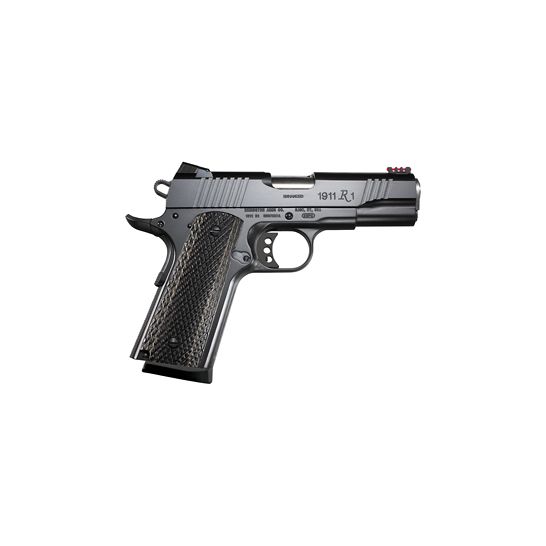
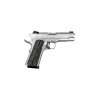
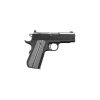
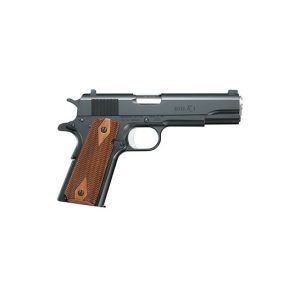
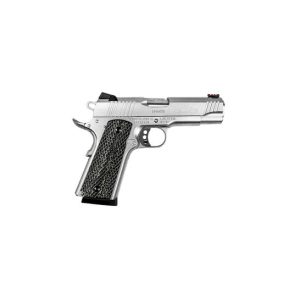
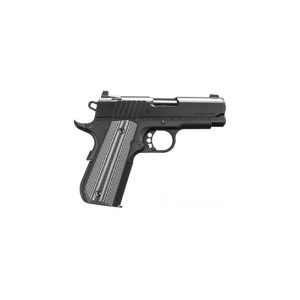
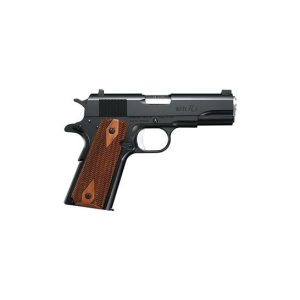
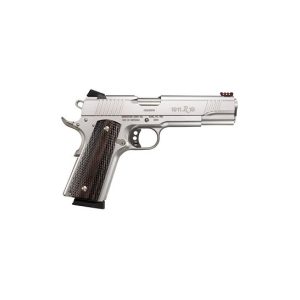
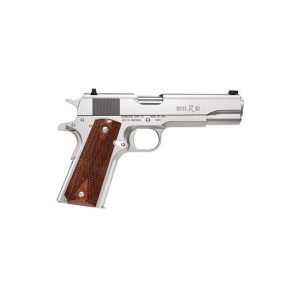
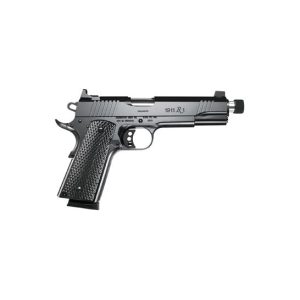
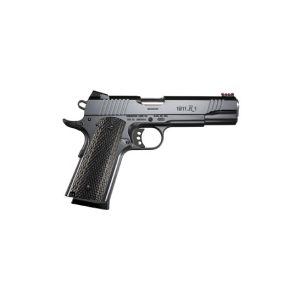
Reviews
There are no reviews yet.